
What is knitting?
Knitting is a method by which yarn is manipulated to create a textile or fabric for use in many types of garments. Knitting creates multiple loops of yarn, called stitches, in a line or tube. Knitting has multiple active stitches on the needle at one time. Knitting may be done by hand or by using a machine.
stitchkitshop
Knitting Stitch Kit
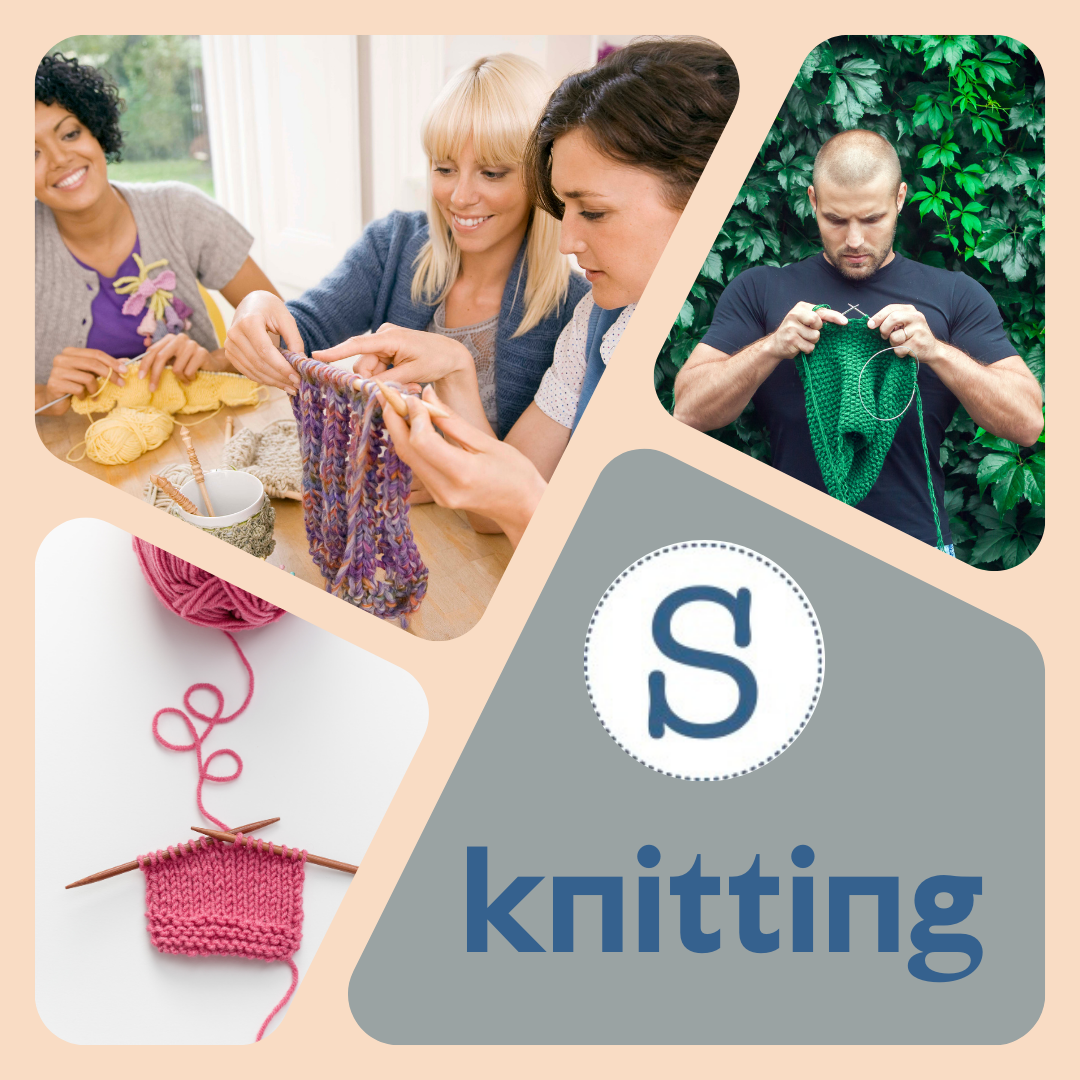
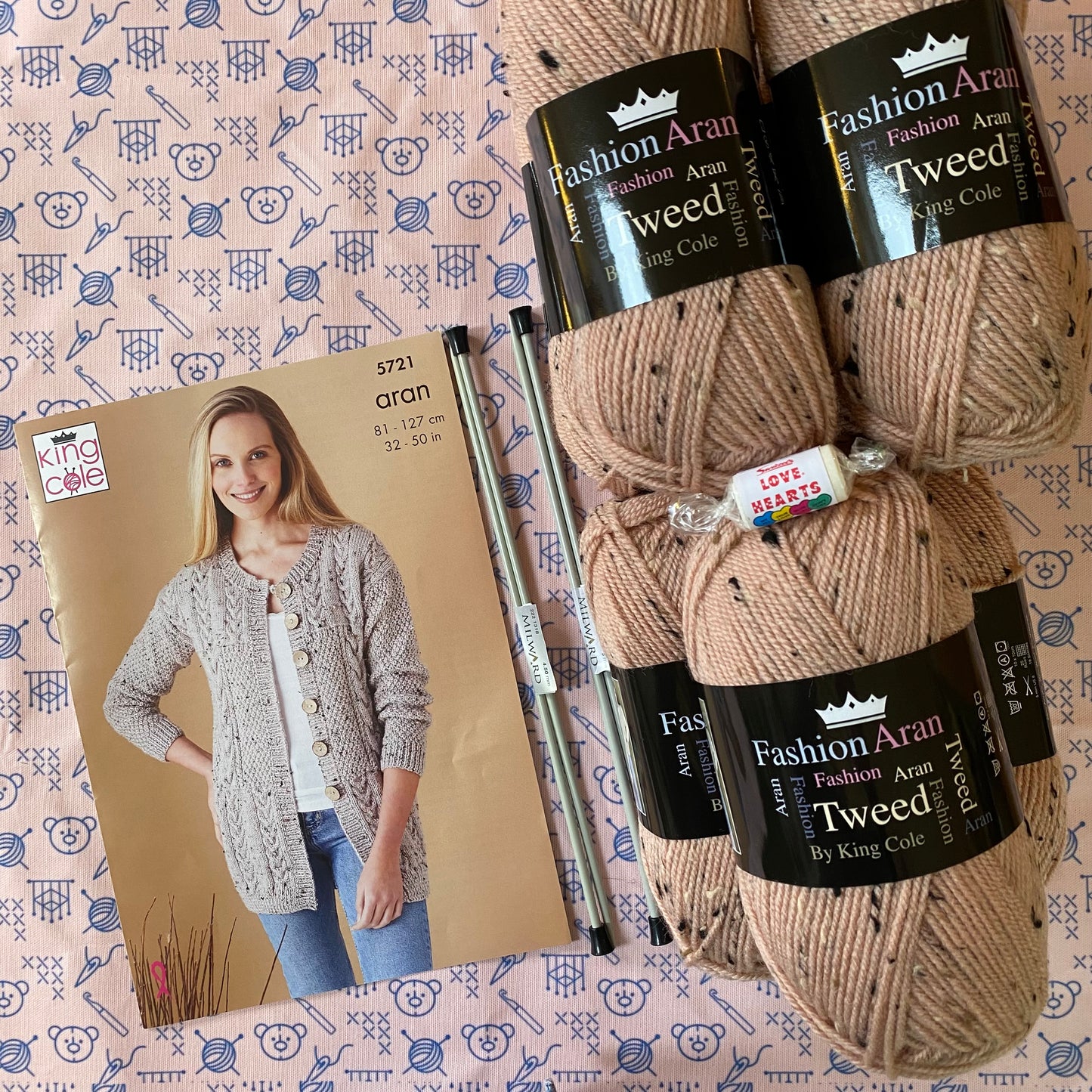
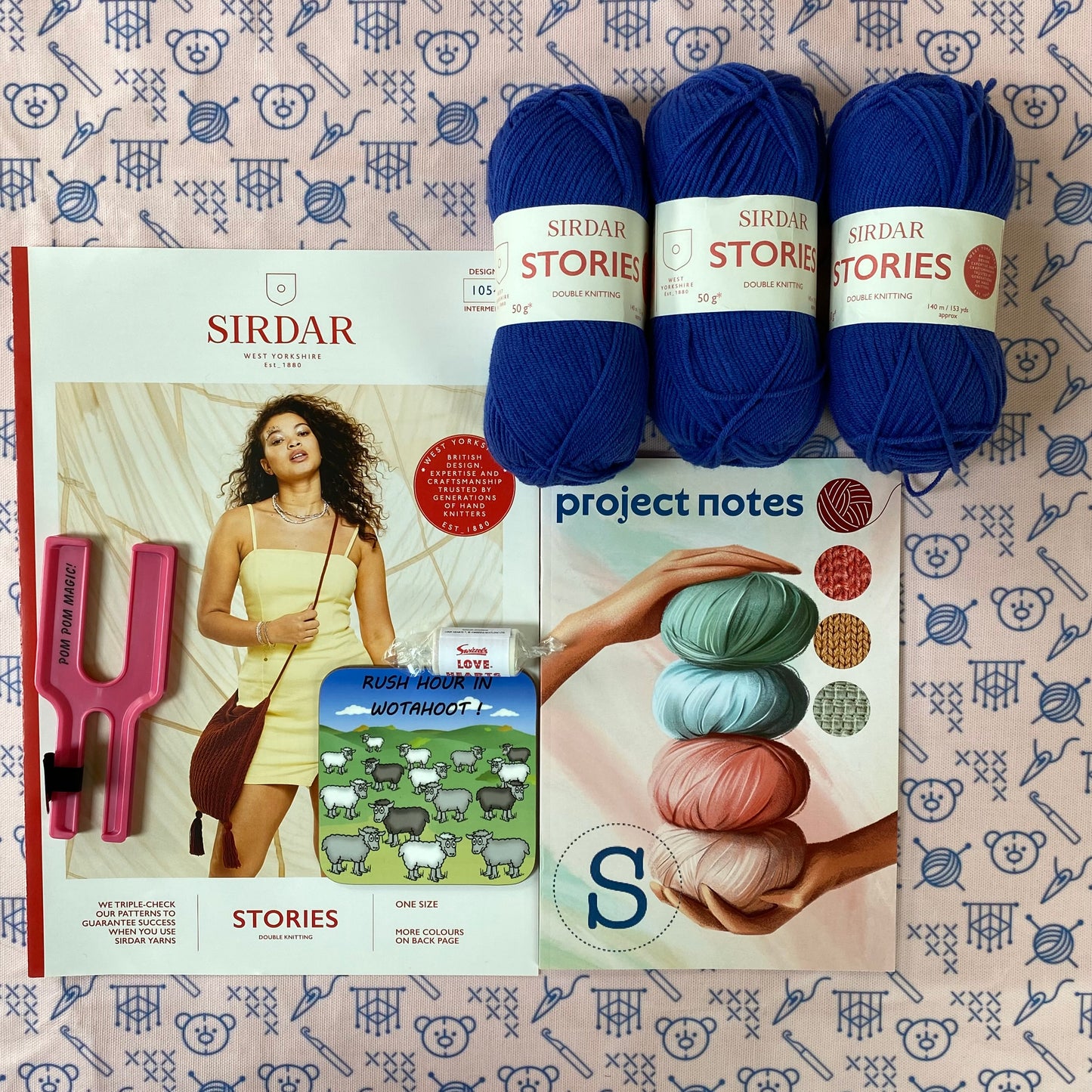
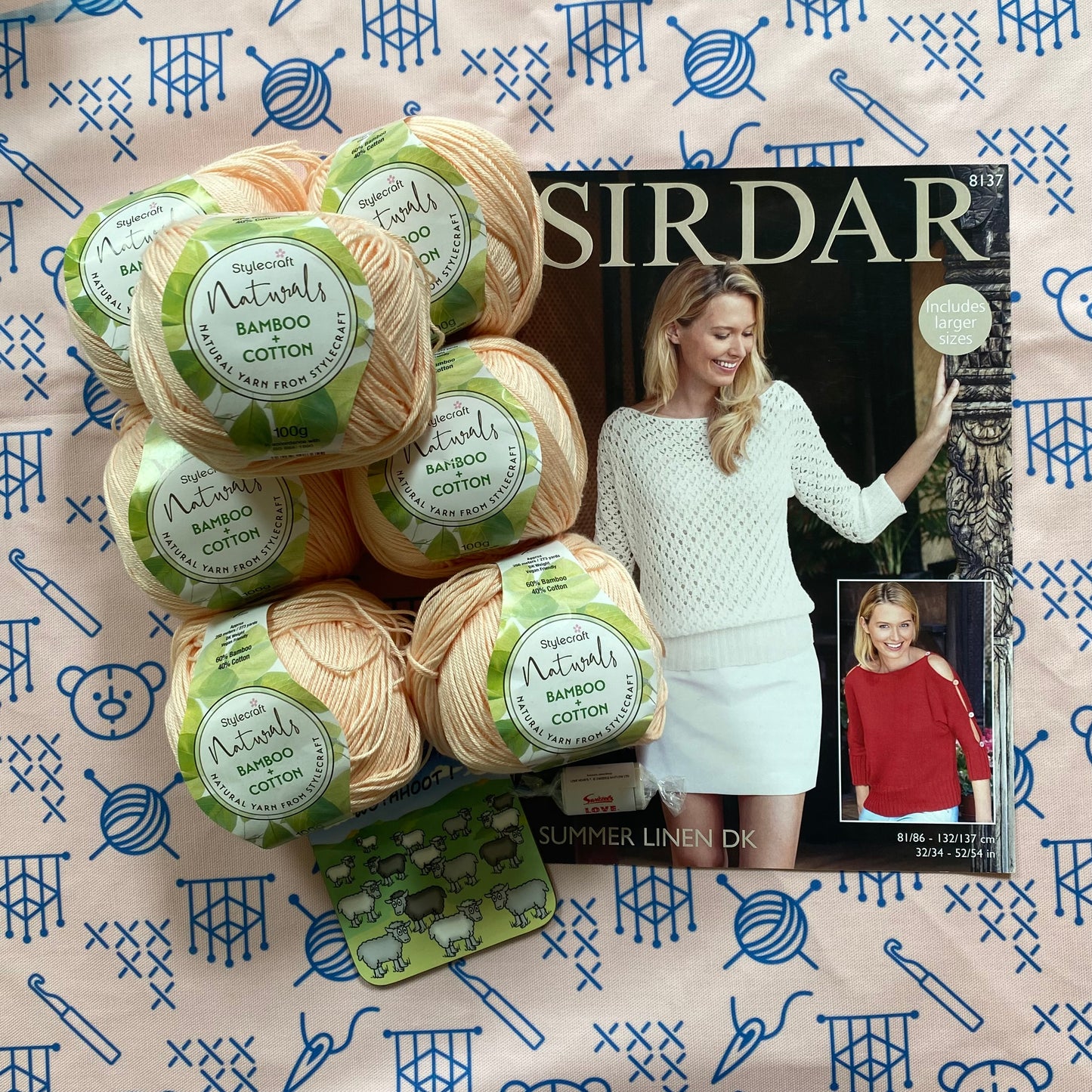
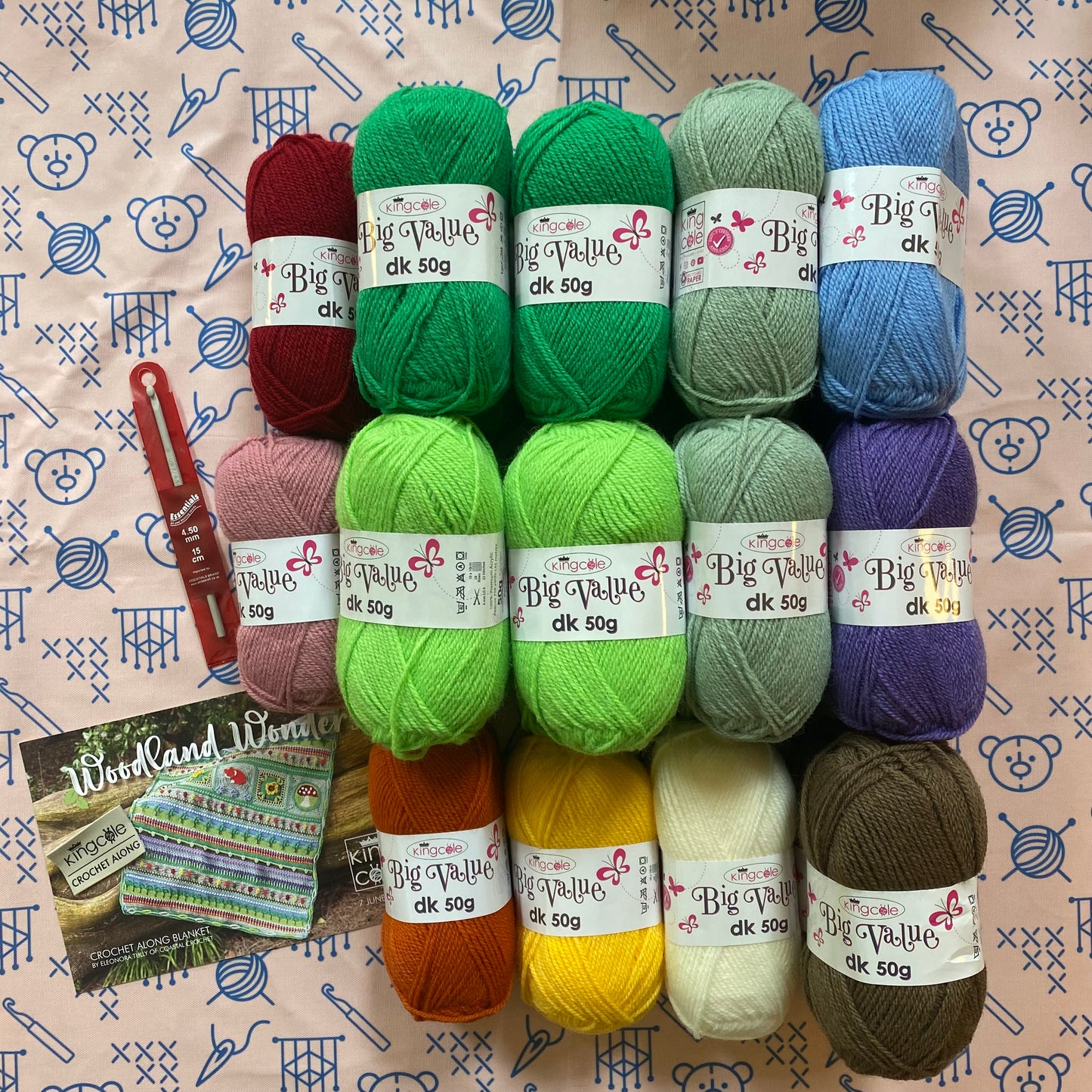
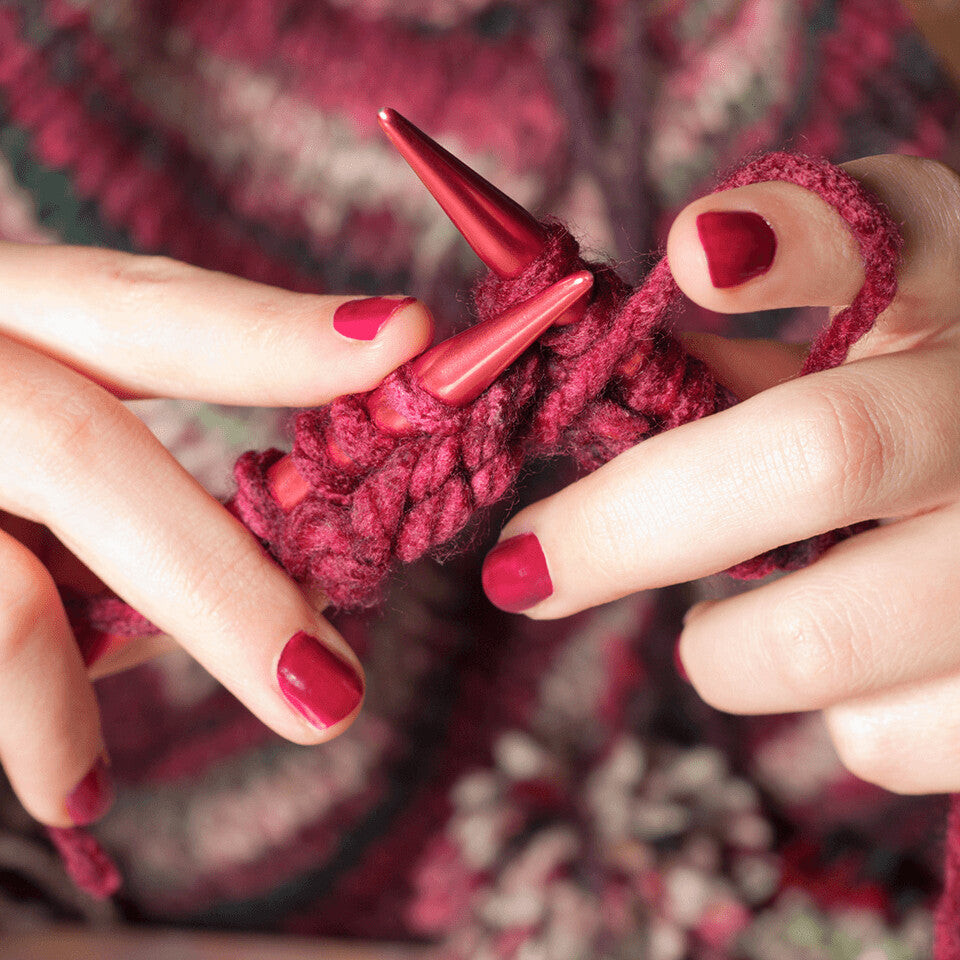
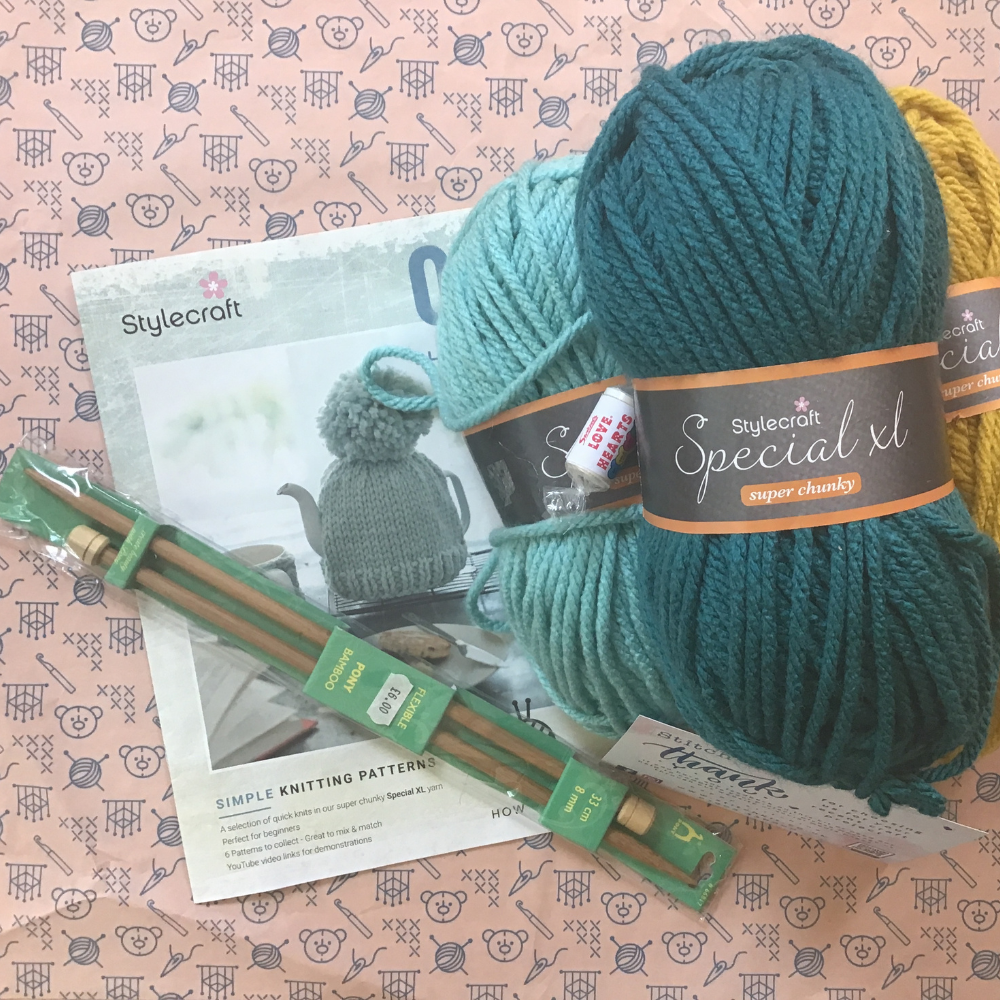
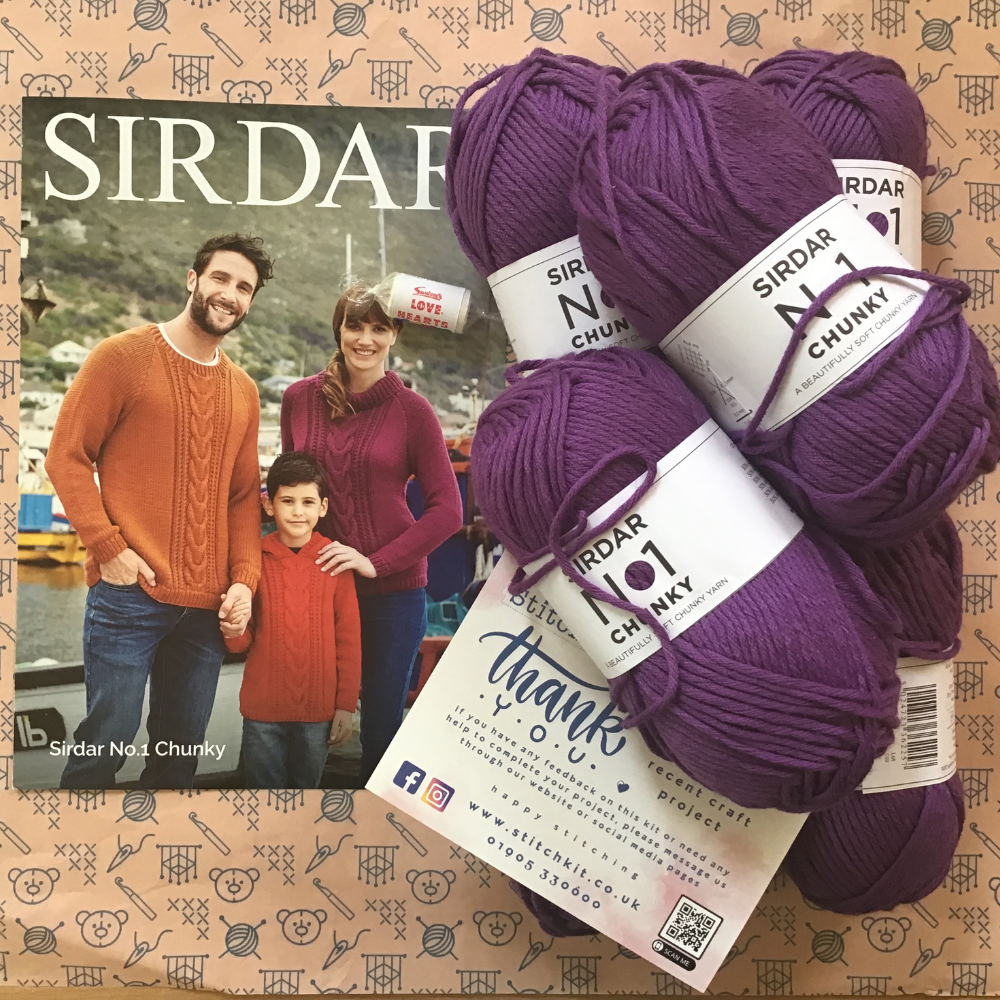
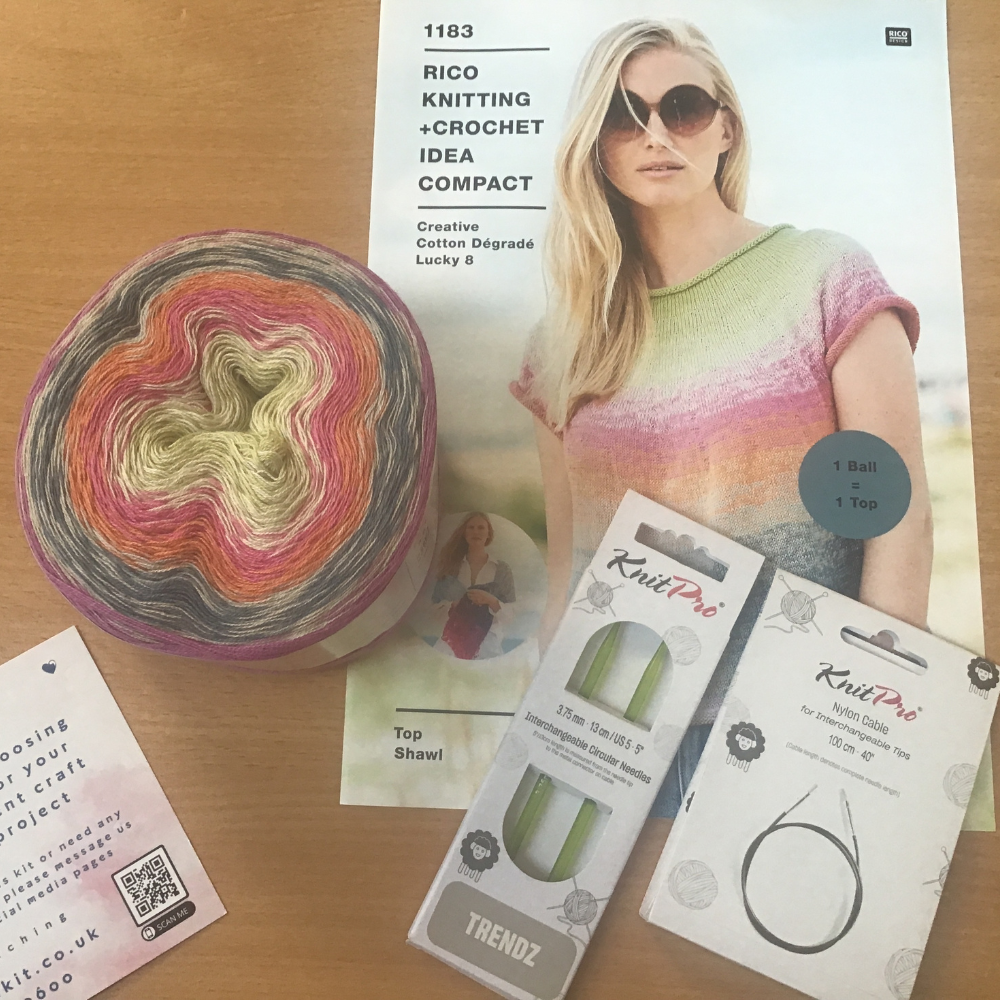
FAQs
What age can you start knitting?
About 5 to 6 is generally the best age to start knitting, but desire to learn and dexterity are also reliable indicators. If kids watch eagerly as you pull up a skein of yarn and needles or they can tie their shoes easily, they are probably ready.
Why is yarn so expensive?
Natural fiber yarns take a lot of work to get from hoof to ready to buy. ... Even synthetics take a lot of work to make into yarn and there are raw materials that do cost money. Acrylics, polyesters and such are made using petroleum which is quickly becoming more and more expensive.
Is knitting good for depression?
“There is an enormous amount of research showing that knitting has physical and mental health benefits, that it slows the onset of dementia, combats depression and distracts from chronic pain,” states the report.
Does it matter what size knitting needles you use?
The size of the needle affects the length of the stitches and thus your finished product. The concept of gauge, or how many stitches fit into 1 inch of knitting, relies heavily on the size of the needles. ... If your gauge doesn't match what the pattern calls for, try changing the size of your needles.
What do I need for knitting?
The Basic knitting materials and supplies you will need to get started with knitting are:
- Yarn
- Knitting needles
- Tapestry Needle (also called a Darning Needle or Yarn Needle)
- Stitch Markers (optional)
- Needle Case (optional, but probably necessary)
Is knitting expensive?
Knitting can be expensive, but it doesn't have to be, especially if you are just getting started. Right off the bat you need some needles, and some yarn. If you are just practicing, the yarn can be inexpensive acrylic yarn. ... Like most hobbies, knitting can be very expensive or it can be very inexpensive.
Is knitting difficult?
There is no one way to knit. All of us are slightly different in how we hold the yarn and needles and move the stitches. ... If you are starting with simple straight work, using only knit and purl, it isn't too difficult to learn the basics. It just takes time to get your hands to move right all of the time!
What is the easiest thing to knit for beginners?
Hats, Scarves, Cowls, Booties, Bags, Blankets etc. Items with little shaping are easier for beginners.
Does knitting help anxiety?
Recent research shows what many knitters already know in their hearts, knitting has a measurable effect on calming anxiety and relieving stress. In one international survey, a strong connection was revealed between knitting and feelings of calm and happiness.
Is knitting good for the brain?
It keeps your brain sharp
A neuropsychiatry study found that engaging in activities such as knitting could reduce the chance of developing mild cognitive impairment by 30 to 50 percent for seniors. Knitting is especially good for this, since it requires you to use many parts of the brain at the same time.
What is knitting used for?
Knitting is a method by which yarn is manipulated to create a textile or fabric; it is used in many types of garments. Knitting may be done by hand or by machine. Knitting creates stitches: loops of yarn in a row, either flat or in the round (tubular).
What is the process of knitting?
Knitting is a process of using long needles to interlink or knot a series of loops made by one continuous thread. Each loop or knot connects to another one, and when enough loops have been made, the result is a flat piece of material called a textile.
Our Other Crafts
-

Amigurumi
Learn More -

Cross Stitch & Embroidery
Learn More -

Crochet
Learn More -

Macramé
Learn More -

Sewing & Patchwork
Learn More





